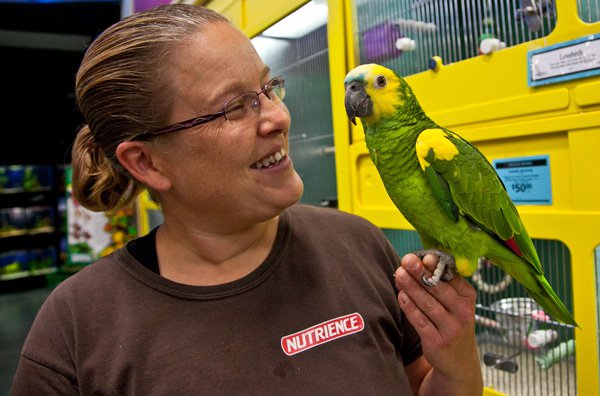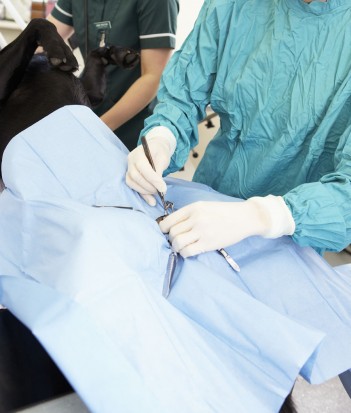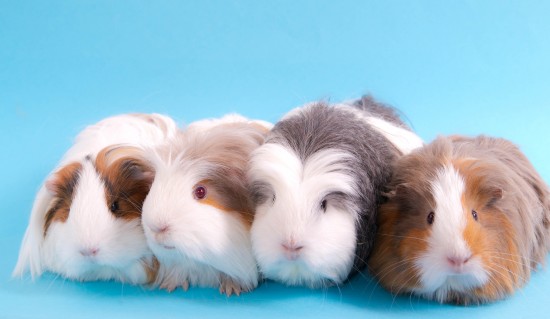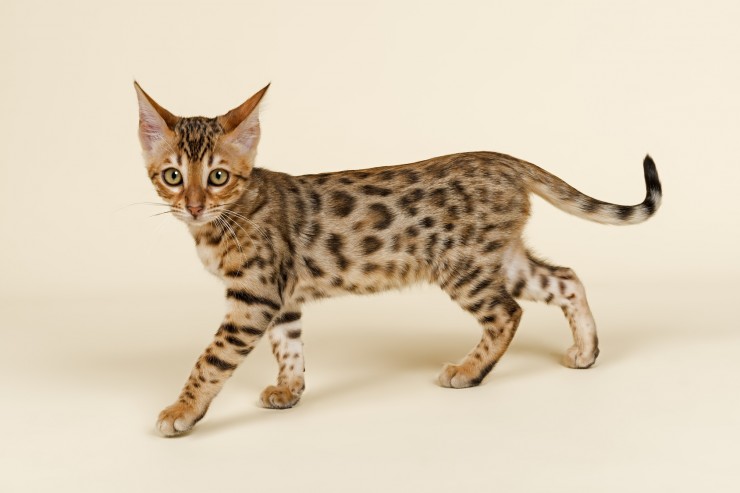Baby Alpacas buy baby alpaca 02380602080 this is Hensting Bon Bon, she is going on breakfast, because her mother has just died when she was on-going her milk we have obtained over the feeding and care therefore we feed her 250mil goats milk 2 times each day and likewise a number of creep pellets, which she enjoys. Creep pellets are foal feed made use of for baby horses you possibly can learn all about her as she grows on the present website : click the link above
...live fifteen to twenty years
...grow to about 1 metre (on the shoulder)
...weigh up to 70 kg
...gestate for about 335 days (imagine being pregnant for 11 months!)
...induce young weighing usually 6 - 8 kg (compared to 2.7kg - 4kg average human baby).
These unique animals begin life as crias. Simply because they hit the adolescent years, they're called tuis, then grow into hembras (adult females) and machos (adult males). You may wonder, you will find
History
Alpacas were treasured by the traditional Incan civilisation who reserved the fine alpaca fleece for Incan royalty. Together with their close relatives, the llamas, alpacas provided clothing, food, fuel and, little question, companionship as domesticated animals so long as 5,000 years ago.
Alpacas were near annihilation after the Spanish conquest whatever the Incas. They survived basically because they were important also to Indian people, and so they lived around with them within the extraordinarily harsh weather conditions in the high altitudes of southern America. Alpacas remain resilient and hardy animals.
Today, alpaca farming is concentrated within the Altiplano - the high altitude regions of Southern Peru, Bolivia and Chile, where the world is difficult. Alpacas just not only battle a harsh climate - burning sun by day, freezing conditions during the night - but in addition receive a couple of the benefits of modern farming. They survive in relatively small numbers; Peru has approximately 2.5 million, Bolivia around 500,000 there also are only some 50,000 in Chile and Argentina combined.
Last century, other parts of the world took an interest in the sweetness and resilience of alpacas. The primary alpacas were imported besides the United States and Canada in 1984, followed by Australia and New Zealand in 1989. In their new homes, they've enjoyed (relatively) more temperate climates plus a developed range of animal husbandry techniques, that have led to the growth of a new industry, and greater understanding no matter what the animals themselves.

 Keep Your Chickens Safe from Predators by Providing them with Chicken Runs
Keep Your Chickens Safe from Predators by Providing them w
Keep Your Chickens Safe from Predators by Providing them with Chicken Runs
Keep Your Chickens Safe from Predators by Providing them w
 Neutering And Spaying - Is It Morally Right?
Neutering And Spa
Neutering And Spaying - Is It Morally Right?
Neutering And Spa
 10 Very Talkative Dog Breeds
10 Very Talkative
10 Very Talkative Dog Breeds
10 Very Talkative
 Fun & Interesting Facts About Guinea Pigs
Fun & Interesting
Fun & Interesting Facts About Guinea Pigs
Fun & Interesting
 The Five Most Expensive Cat Breeds In The World
The Five Most Exp
The Five Most Expensive Cat Breeds In The World
The Five Most Exp